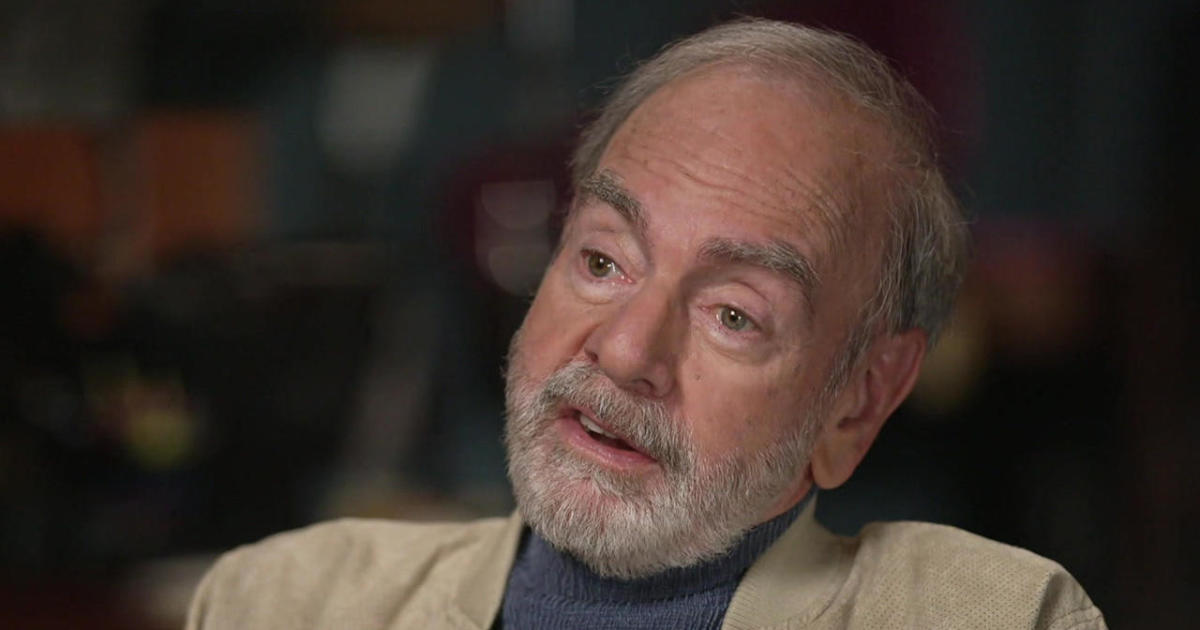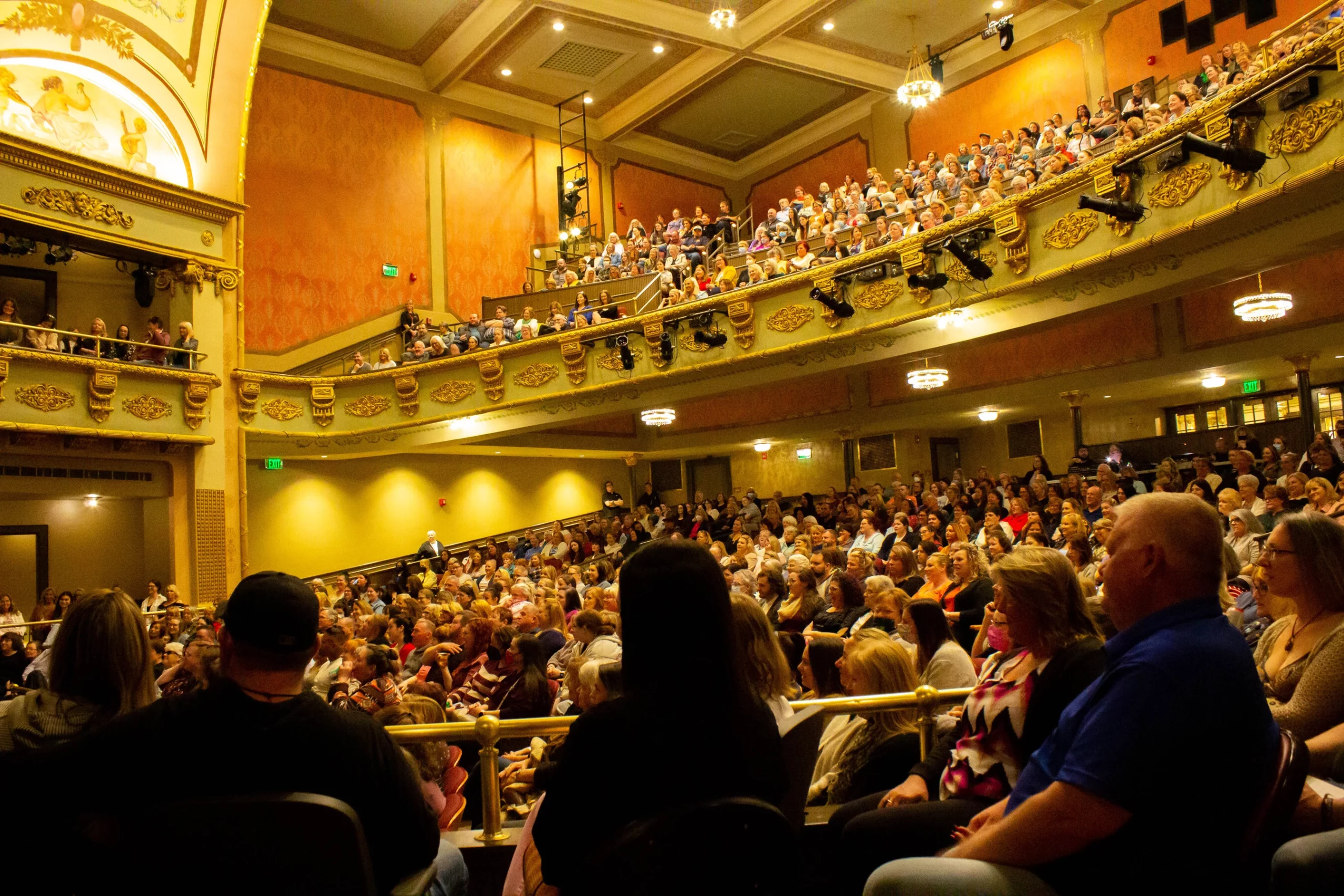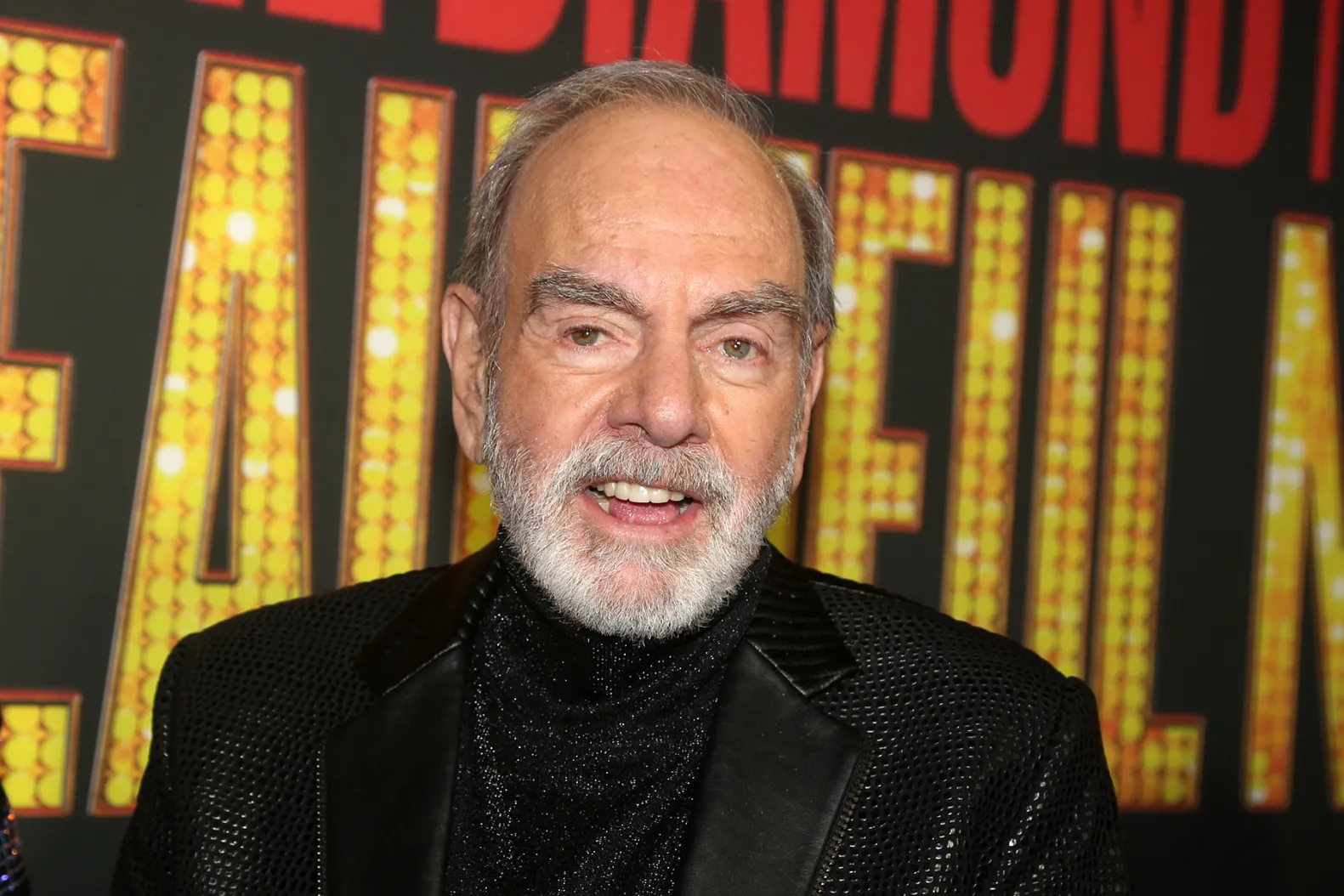The untold truth about Neil Diamond

Only a few musicians have sold as many records as Neil Diamond. In terms of commercial success, he ranks among Elvis Presley, the Beatles, and Madonna. That’s because he’s been playing and recording since the mid-1960s. While starting out as a pop songwriter, Diamond discovered he had a talent for performing his own songs. Millions agreed, producing classics out of Diamond’s many popular songs, including “Sweet Caroline,” “Solitary Man,” “Cracklin’ Rosie,” “America,” and “Girl, You’ll Be a Woman Soon.”
While he hasn’t had a chart-topper in a while, Neil Diamond has continued to make albums in a variety of genres and tour tirelessly to perform his cherished library for numerous generations of admirers. Neil Diamond, the “Jewish Elvis” of soft rock, is now in his late 70s and winding down a long, profitable, and unusual career, so here’s a look inside his colorful life.
He could defeat you in a sword fight.

This should come as no surprise, but one of Neil Diamond’s primary extracurricular interests in high school was singing in the chorus, among 99 other artists who did not go on to become Neil Diamond. He was a well-rounded youngster, however, who balanced the arts and athletics. He was a fencer, and he was supposedly so excellent with the epee that he received a scholarship to attend New York University and compete on the school’s top-tier fencing squad.
Diamond was a pre-med student at NYU, with an emphasis on biology and chemistry. The fencing team performed admirably. The school won two national championships and three intercollegiate titles from the US Fencing Association. “We had the greatest fencing team in the country,” Diamond is reported as stating in “Neil Diamond: His Life, Music, and Passion.” However, Diamond remained focused on the team. “I was proud to be the ninth man on a nine-man team.”
Neil Diamond hoped to cure cancer.

Neil Diamond was raised in Brooklyn and attended college at the famous New York University. Diamond, a renowned student athlete, had his tuition paid for by a fencing scholarship, allowing him to go graduate school and pursue his passion, oncology. “I truly wanted to attend medical school. “I actually wanted to be a laboratory biologist,” Diamond remarked on “Larry King Live” in 2003. A familial tragedy, the death of his grandmother due to cancer, influenced his career decision. “I was always quite good in the sciences. And I decided to go and try to develop a treatment for cancer.”
What stood in Diamond’s way: the difficulty of the required organic chemistry courses. His scores in that critical subject were “terrible” enough to prevent him from pursuing research medicine following his undergraduate studies. But, near the conclusion of college, Diamond got a deal to write songs for a music publisher, securing an entry point into a profession centered on his other passion: songwriting.
His first song got him married, although it was not released for years.

Neil Diamond was a songwriter long before he started packing stadiums and topping the pop charts. Diamond began exploring the profession at the age of 16 while growing up in Brooklyn, when he received a secondhand nine-dollar guitar as a birthday gift. He’d take some lessons on the instrument, and after he knew how to play it properly, he tried his hand at composition at the age of 17.
Jaye Posner, his high school lover, inspired him to write his first fully realized original song. “I really wanted to impress her but I couldn’t afford to buy her a gift,” Diamond recounted in “Neil Diamond: His Life, His Music, His Passion.” “So I wrote a song called ‘Hear Them Bells,’ which basically was a song saying, ‘Will you marry me?'” “Hear Them Bells” worked; Diamond and Posner married in the early 1960s (and divorced by the end of the decade). The song that propelled Diamond to professional songwriter status remained a private piece of early work for decades, until the artist recorded and released it in his career-spanning box set “In My Lifetime” in 1996.
He attempted to make a dollar out of 35 cents.

“Tin Pan Alley” is a legendary tradition in American music. It’s a term for a New York neighborhood where several record labels and music publishers had offices from the early to mid-twentieth century. These folks employed composers to sit in offices all day and write music. Despite the fact that he only required 10 credits to graduate from college, Neil Diamond dropped out, moved to Tin Pan Alley, and landed a 16-week gig with Sunbeam Music for $50 per week.
When his contract ended, it wasn’t renewed, but based on the strength of his voice on the demos of songs he’d written, Columbia Records hired him to make a record. Unfortunately, it didn’t really go anywhere, so Diamond bounced around various music publishers for seven years, barely getting by. “I had very few things that were recorded even,” Diamond told Rolling Stone. “I’d spent a lot of time on lyrics, and they were looking for hooks and I didn’t really understand the nature of that.” He’d sell a song occasionally, forcing himself to severely ration his funds. For “a year,” he says, he spent 35 cents a day on food — 23 cents for a sandwich, 10 cents for a Coke, and two cents for a piece of candy.
Diamond eventually developed an aptitude for songwriting and caught the attention of the music industry. By 1966, he was on his way to stardom.
The inspiration behind SOLITARY MAN will not surprise you.

Neil Diamond writes and sings songs about love and passion, heartbreak and triumph, whether in pop, rock, adult contemporary, country, or folk styles. Of course, he is motivated by his life to some extent, but his songs focus on universal themes. He’s not like Stevie Nicks or a rapper, writing song after song about himself and his experiences… right? Diamond undoubtedly believed this about himself until he experienced a breakthrough in therapy.
Diamond’s first single for Bang Records, “Solitary Man,” was published in 1966 (he created the song himself). It was his first performing triumph, reaching No. 55 on the Hot 100 chart. (After Diamond’s success grew in future years, he re-released “Solitary Man” in 1970, and it reached No. 21 at the time.) After the song’s popularity faded, Diamond recognized, with the help of a doctor, that it was about his lonely years of hustling and struggling. “After four years of Freudian analysis, I realized I had written ‘Solitary Man’ about myself,” Diamond told the fan site. I Am, I Said.
He left his sketchy record label
Neil Diamond, who had previously written songs for other performers, signed his first recording contract in the mid-1960s. His label: Bang Records, which Diamond believes is linked to New York’s criminal underworld. “To start a tiny label like that they had to have some kind of backing, and whether it was kosher or not, I really can’t say,” Diamond told the Irish Independent. “There were some guys with broken noses who were helping to get the records played.” When Bang’s Bert Berns discovered an operation in New York selling counterfeit versions of Diamond’s early hit records, the offenders were reputedly left with broken legs.
In 1967, Diamond decided to leave the label and join Uni Records, despite a sense of danger and loyalty to the company that released his first nine charting singles, including “Cherry, Cherry” and “Girl, You’ll Be a Woman Soon”. “Bang Records wanted me to keep performing songs like ‘Cherry Cherry,’ but I wanted to get more creative. “They weren’t happy with that,” Diamond said. “So we locked horns, and I finally said, ‘That’s it, I’m leaving, do whatever you want.'” Then I received calls from people I know, stating, “The FBI has word that the Mafia is coming after you; be careful.”
Diamond began carrying a loaded revolver everytime he was in New York, a habit he was eventually able to break. Berns died at the age of 38 months after Diamond’s departure in 1967, and he was ultimately released from his contract with Bang Records in March 1968 following a legal struggle.
‘CHERRY, CHERRY’ was rough and ready.

In addition to his success as a songwriter for other artists, Neil Diamond attempted to launch his singing career in the early 1960s, releasing a string of failed singles. He did not get his first top 40 hit until 1966, with the No. 6 smash “Cherry, Cherry.” The song propelled Diamond’s stardom to new heights, and it wasn’t even anything he thought was overly precious or exceptional at first, nor did it turn out to be a particularly well-made product.
Songwriting duo Jeff Barry and Ellie Greenwich helped Diamond hone his skills and gave him his first breaks in the music industry. Overhearing Diamond casually messing around with a bouncy guitar riff one day in the mid-1960s, Barry told the singer-songwriter to flesh it out into a whole song. Diamond did, crafting a pop tune called “Money, Money.” But Bert Berns, head of Diamond’s label, Bang Records, rejected the idea, telling him to rewrite the song into something with more youth appeal. Diamond turned “Money, Money” into “Cherry, Cherry” and recorded a bare-bones demo, using hand claps to mark time, intending to replace them in the final mix with drums. Bang Records didn’t see the point and the infectious hand claps stayed in, and so the publicly released version of “Cherry, Cherry” is Diamond’s demo.
Neil Diamond would be a fantastic stage name if it weren’t real.

Never mind the subjective aspect of evaluating the man’s music; we can all agree that “Neil Diamond” is a fantastic name. It’s a terrific moniker for a legendary musician who performs classic tunes in front of packed crowds while dressed in sparkling outfits. In other words, “Neil Diamond” accurately depicts Neil Diamond. It’s one of the great performer names, right alongside Lady Gaga and Snoop Dogg. However, strangely, “Neil Diamond” is not a stage name.
This pop star, like Prince, Cher, and Madonna, chose to enter the music business under the name his mother gave him. But he nearly didn’t. Diamond said in a 2014 Reddit Ask Me Anything session that he pondered using certain stage identities early in his career. “Neil Diamond may sound cool now,” he remarked, but at the time, “it was just my name and pretty boring.” He stated that he “chickened out for personal reasons” and did not utilize the two finalists he had selected: Noah Kaminsky (“which had biblical underpinnings and great character”) and Ice Charry (“which I thought was pure rock & roll”). A guy named Charry is singing “Cherry, Cherry!” How (very) lame.
Neil was not a fan of filmmaking.
Most famous musicians eventually make it to the movies. The Beatles had “A Hard Day’s Night,” Whitney Houston made “The Bodyguard,” and Michael Jackson appeared in “The Wiz.”Neil Diamond simply didn’t enjoy movies, as proven by his experience with the 1973 version of Richard Bach’s spiritual/New Age classic “Jonathan Livingston Seagull.”
Diamond created and recorded the soundtrack for the film about a bird’s search for the meaning of existence (in the 1970s, man), which did not go well. He and Bach sued the film’s director/producer, Hall Bartlett, for what they saw as egregious, if not unapproved and ill-advised, modifications to the plot and Diamond’s songs. “After ‘Jonathan,'” Diamond was quoted as saying, “I vowed never to get involved in a movie again unless I had complete control.” He maintained his word until he had an opportunity to star in the 1980 critical disaster “The Jazz Singer.”
He has taken extended mental health breaks.

Most pop singers and rock musicians follow a demanding model: record an album, go on a massive concert tour to promote it, then repeat the process every one to two years. Defying expectations and never losing the status or popularity he’d worked so hard to build, Neil Diamond sought work-life balance long before it was a well-known notion.
In 1970, Diamond was the No. 1 male performer in the United States, in the midst of a prolific and successful period that saw the release of a slew of now-classic hits, including “Sweet Caroline,” “Solitary Man,” “Cracklin’ Rose,” “I Am…I Said,” and “Song Sung Blue.” Toward the end of 1972, Diamond completed a tour of Europe and decided to pause performing to devote himself to scoring the film “Jonathan Livingston Seagull,” and to just take a break from the grind. Over four years, Diamond got “to know myself and my family, to write, to explore different kinds of music without the distraction of having to tour,” he told The Washington Post. “I came back with a great deal of confidence. I wasn’t as insecure about myself as a person.”
Diamond recognized the importance of time off and took another self-imposed break in March 1985, following the loss of his father. “I didn’t do much work for eight or nine months after that,” he told me.
He wasn’t completely welcome at the last Waltz.
Neil Diamond had hit recordings in the 1960s, but he isn’t exactly regarded a ’60s act, like Bob Dylan or the Band. Nonetheless, Neil Diamond appears on stage in Martin Scorsese’s concert film “The Last Waltz,” which depicts the Band’s (allegedly) final performance in 1976. Dylan, Eric Clapton, Neil Young, Joni Mitchell, and Van Morrison were among the artists that paid tribute to the band. Diamond is an unusual addition, and it was not entirely welcomed.
“When I heard that Neil Diamond was going to play, I asked, ‘What the hell does Neil Diamond have to do with us?” Band drummer Levon Helm stated in his memoirs “This Wheel’s On Fire” (via Ultimate Classic Rock). Band singer Robbie Robertson, who had recently produced Diamond’s album “Beautiful Noise,” elaborated. “Neil is like Tin Pan Alley,” Helm says, as Robertson iterates. “That ’50s, Brill Building scene” where Diamond had worked as a pop songwriter.
Other allegedly cooler musicians were unconvinced. According to rock legend, Young approached Diamond and jokingly presented himself as Neil Sedaka. Diamond told Rolling Stone about Dylan’s chilly reply when he sought to ease the tension. “He was tuning his guitar, and I approached him and said, ‘You know, Bob, they are truly my folks out there.’ He glanced at me quizzically. “I said it as a joke, but I think it inspired him a little bit, and he gave a hell of a performance,” Diamond explained.





